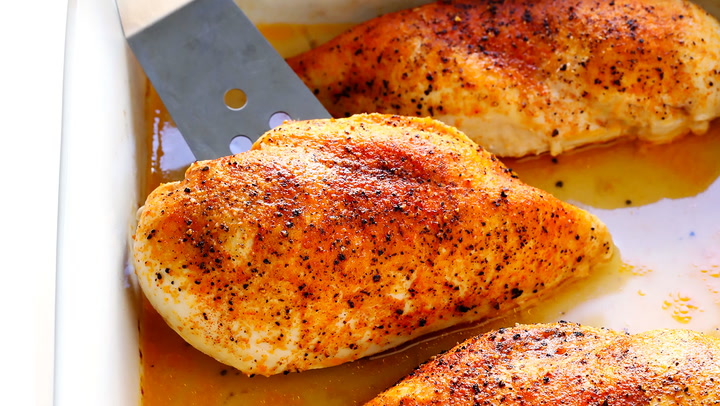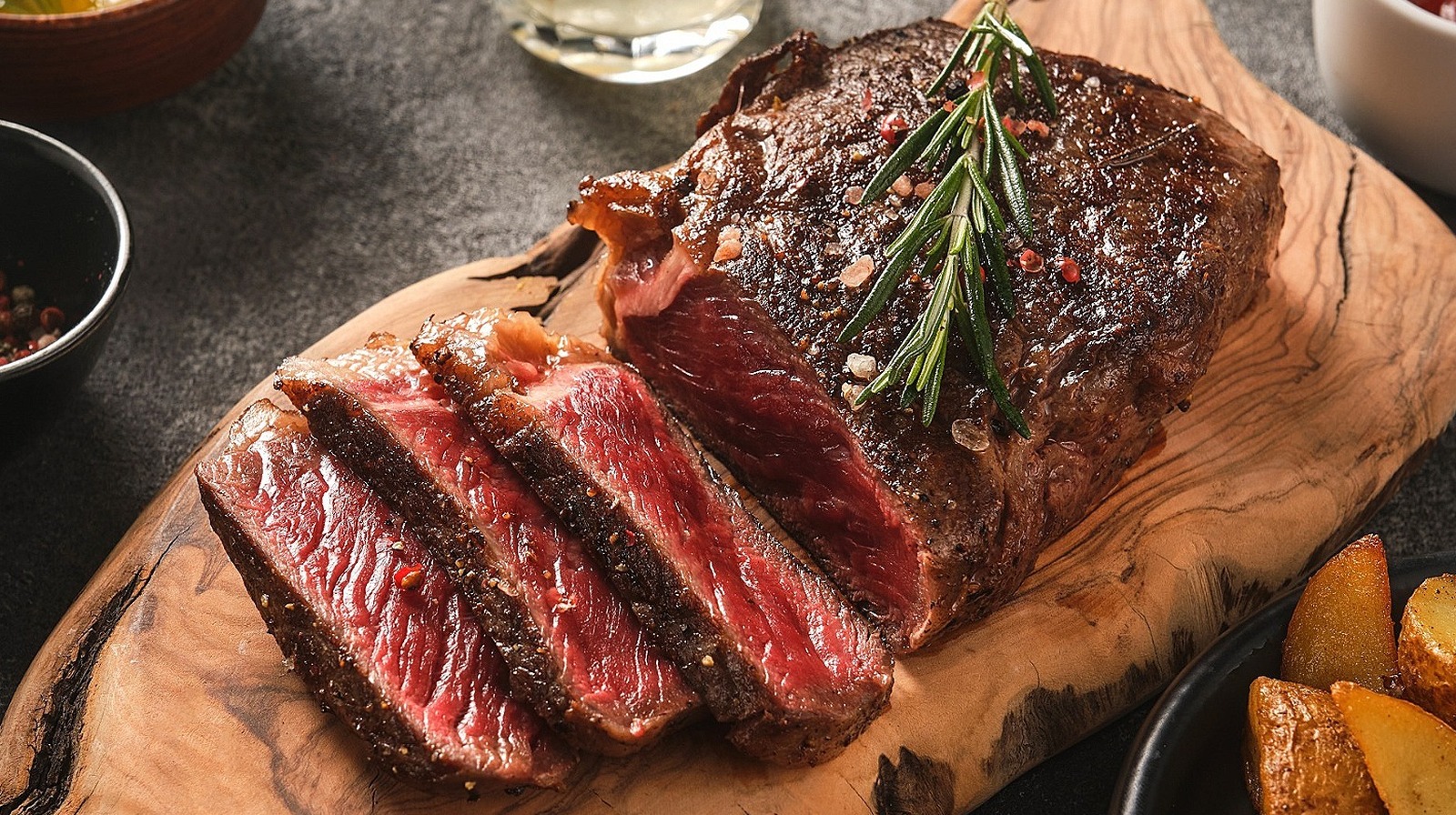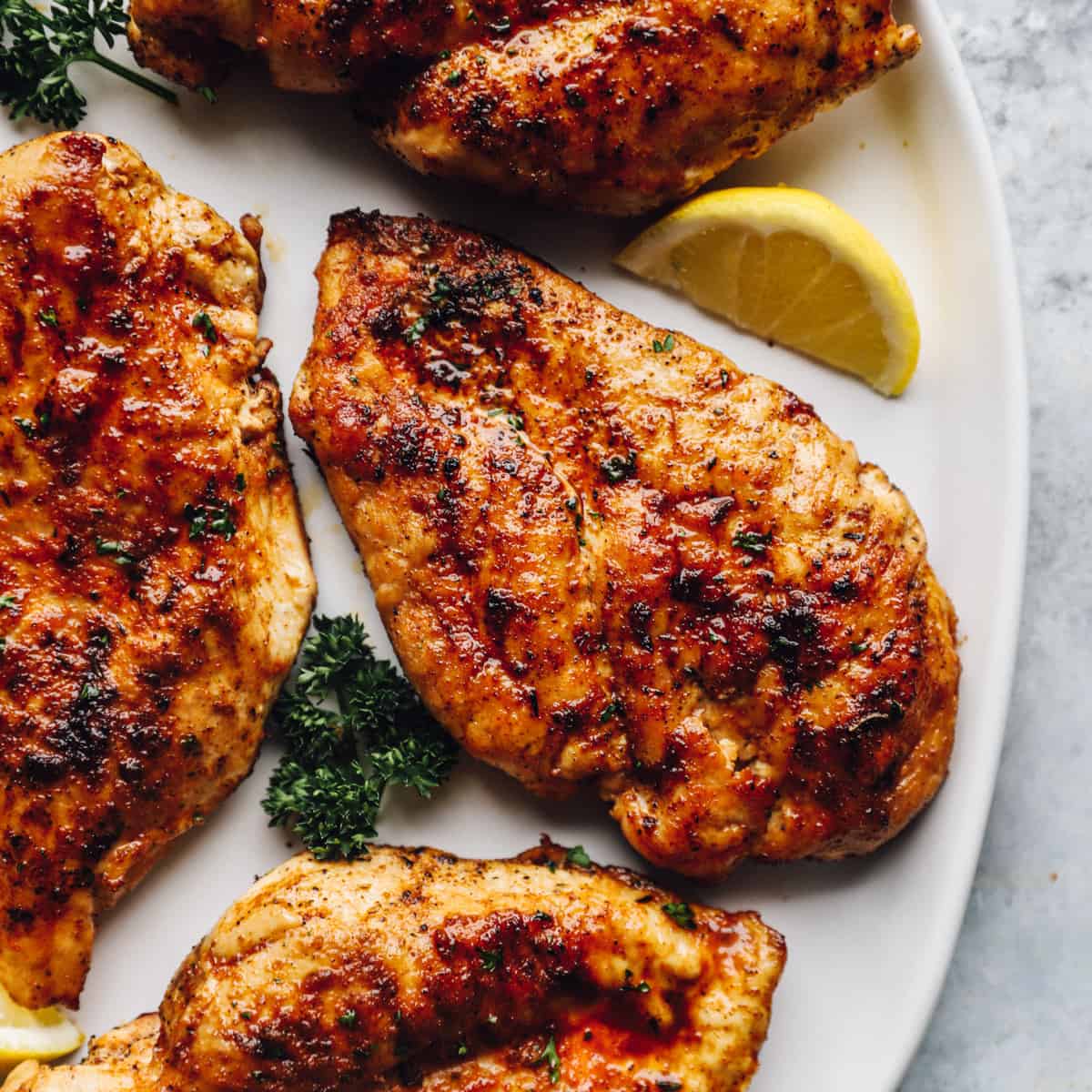
If you're looking for a delicious and simple meal that's sure to impress, roasting chicken breasts is a fantastic option. Not only is it easy to do, but it's also incredibly versatile, allowing you to experiment with different flavors and seasonings. Whether you're a seasoned chef or a kitchen novice, follow these 10 easy steps to roast the perfect chicken breasts every time.
Roasting Chicken Breasts
:max_bytes(150000):strip_icc()/245367_Pan-Roasted-Chicken-Breasts_step-1_ddmfs_4x3_1590-716d7537d985402a8aa9b698b70f53fe.jpg)
Roasting chicken breasts is a classic cooking technique that yields tender, juicy meat with a deliciously crispy skin. It's a great way to prepare a protein-packed meal that can be enjoyed on its own or added to salads, sandwiches, pasta dishes, and more.
Choosing the Right Chicken Breasts
Start by selecting high-quality chicken breasts. Look for ones that are fresh, plump, and free from any unpleasant odors or discoloration. Boneless, skinless chicken breasts are ideal for roasting as they cook more quickly and evenly.
Preparing the Chicken Breasts
:max_bytes(150000):strip_icc()/44868-spicy-garlic-lime-chicken-ddmfs-Step-3X4-0264-5984811e23c34af09cca39b1a31eea04.jpg)
Before you begin roasting, ensure your chicken breasts are properly prepared. If they're frozen, thaw them in the refrigerator overnight. Once thawed, pat them dry with paper towels to remove excess moisture. This step is crucial for achieving crispy skin.
Thawing if Necessary
If your chicken breasts are frozen, place them in the refrigerator the night before you plan to cook them. Alternatively, you can thaw them more quickly by placing them in a bowl of cold water in the sink. Change the water every 30 minutes until the chicken is thawed.
Seasoning Options
Season your chicken breasts according to your taste preferences. You can keep it simple with just salt and pepper, or get creative with herbs, spices, marinades, or rubs. Make sure to season both sides of the chicken evenly for maximum flavor.
Preheating the Oven
Preheat your oven to 400°F (200°C). A properly preheated oven ensures that your chicken cooks evenly and develops a beautiful golden crust.
Selecting the Right Pan
Choose a baking dish or roasting pan that comfortably fits your chicken breasts without overcrowding. A pan with slightly raised edges will help contain any juices or marinade.
Preparing the Pan
Line your pan with aluminum foil or parchment paper for easy cleanup. If desired, you can also place a wire rack in the pan to elevate the chicken breasts and allow air to circulate around them, promoting even cooking.
Seasoning and Marinating
Transfer your seasoned chicken breasts to the prepared pan. If you've opted for a marinade, pour it over the chicken, ensuring that each breast is evenly coated. Let the chicken marinate for at least 30 minutes in the refrigerator to allow the flavors to meld.
Roasting the Chicken Breasts
Place the pan in the preheated oven and roast the chicken breasts for 20-25 minutes, or until they reach an internal temperature of 165°F (75°C). Cooking times may vary depending on the thickness of the chicken breasts, so it's essential to use a meat thermometer to ensure they're fully cooked.
Checking for Doneness

To check if your chicken breasts are done, insert a meat thermometer into the thickest part of the meat. If it registers 165°F (75°C), the chicken is ready. Additionally, the juices should run clear, and there should be no pinkness in the center.
Letting the Chicken Rest
Once your chicken breasts are cooked to perfection, remove them from the oven and let them rest for 5-10 minutes before slicing or serving. This allows the juices to redistribute throughout the meat, ensuring that each bite is moist and flavorful.
Serving Suggestions
Roasted chicken breasts pair well with a variety of side dishes. Consider serving them with roasted vegetables, mashed potatoes, steamed rice, or a fresh salad for a complete and satisfying meal.
Tips for Success

- Use a meat thermometer to ensure accurate cooking times and avoid overcooking.
- For extra flavor, try rubbing your chicken breasts with olive oil or melted butter before seasoning.
- Experiment with different herbs, spices, and marinades to customize the flavor of your chicken.
- Don't overcrowd the pan, as this can prevent proper air circulation and result in uneven cooking.
- If using a marinade, reserve some for basting halfway through the cooking process to keep the chicken moist and flavorful.
Troubleshooting Common Issues
If your chicken breasts are dry or tough, they may have been overcooked. To prevent this, monitor the internal temperature closely and remove them from the oven as soon as they reach 165°F (75°C). Additionally, be sure to let the chicken rest before slicing to retain moisture.
Variations and Flavor Enhancements

Get creative with your roasted chicken breasts by experimenting with different seasonings, marinades, and cooking techniques. Try adding citrus zest, garlic, fresh herbs, or soy sauce for a burst of flavor. You can also grill or pan-sear the chicken breasts for a delicious charred exterior.
Conclusion: Enjoying Your Perfectly Roasted Chicken Breasts
Roasting chicken breasts is a simple yet satisfying way to prepare a delicious meal that the whole family will love. By following these easy steps and tips, you can achieve perfectly cooked chicken breasts every time. Whether you're cooking for a weeknight dinner or a special occasion, roasted chicken breasts are sure to be a hit.
FAQs
Q. Can I use bone-in chicken breasts for roasting?
Ans: While bone-in chicken breasts can be roasted, they typically require longer cooking times than boneless breasts. Adjust your cooking time accordingly and use a meat thermometer to ensure they reach the proper temperature.
Q. How do I prevent my chicken breasts from sticking to the pan?
Ans: To prevent sticking, make sure your pan is properly greased or lined with parchment paper. You can also use a non-stick cooking spray for added insurance.
Q. Can I brine my chicken breasts before roasting?
Ans: Yes, brining can help keep your chicken breasts moist and flavorful. Simply dissolve salt and any desired seasonings in water, submerge the chicken breasts, and refrigerate for a few hours before roasting.
.






